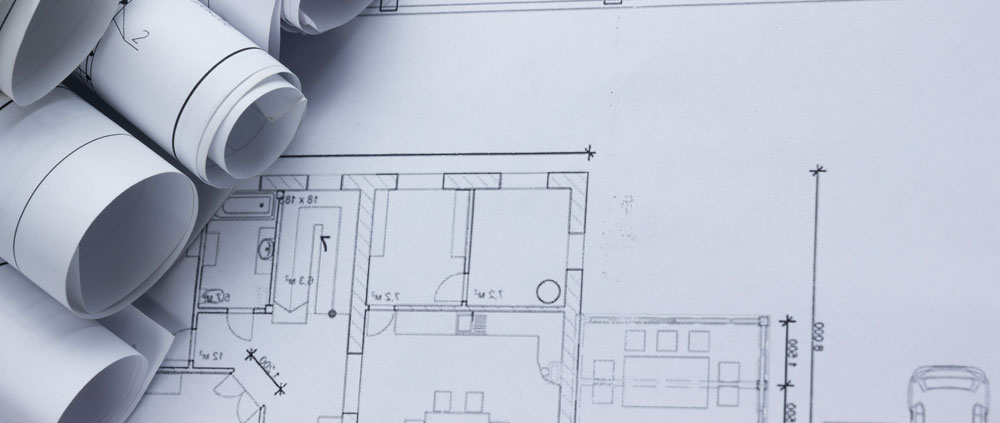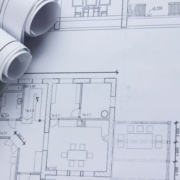Why Technical Drawings are so important for Business

You can do a lot of things yourself nowadays with the amount of technology we have at hand, but one area where you still need a qualified professional who knows what they are doing is in technical draughtsmanship and CAD drawing. These individuals specialise in design, creating engineering and architectural drawings that can be used across a wide range of industries.
In fact, it’s true to say, for every gadget, gizmo, building and business development there has probably been at least one or more technical drawing, from your humble smartphone to the tallest building someone somewhere has set it down on paper.
The Benefits of Technical Drawings
- A technical drawing provides an easily understood blueprint of a project whether it is the design of a new office block or the specs for a potential new product.
- For a business they mean not only that the design is clearly understood by a whole raft of engineers but that vital specifications are spelled out so that there is no ambiguity.
- Technical drawing is all about precision which is why computer-aided design (CAD) is becoming more and more popular within the field to improve the speed and accuracy needed by businesses today.
Technical drawings are more often than not two dimensional representations that contain a large amount of information which can then be used by businesses such as architects and engineers to complete a job to exact specifications. For example, for buildings this could include the materials that should be used and the procedures to be employed at a particular site, things that would not normally be shown on a standard drawing of a house or office block.
A lot goes into creating a technical drawing, it’s not just a case of sitting down and throwing it all together on a piece of paper or some CAD software. There may need to be site visits and meetings, design discussions with those involved at the cutting edge, planning meetings and draft approvals. A lot of factors need to be explored and worked over until the final drawing is ready for use.
Development of CAD software and, in some respects the rise in technologies such as 3D printing, means that the role of the technical draughtsman has evolved over the years. The profession is starting to use more complex 3D models as well as the traditional 2D and they are employed in a wide range of industries from creating the schematics for new wind turbines to building high rise office blocks, designing the latest smartphone or simply plotting the layout for a new housing estate.
They are also useful to smaller business that are trying to produce a new product. Technical draughts for businesses are produced by individuals with a huge amount of experience which means businesses can often get that extra value of being able to visualise what works and what doesn’t.
Technical drawings may have come a long way in the last twenty years, particularly with the development of CAD software, but they are still an integral part of most building and construction projects, from the smallest to the largest.




